Pál Zichy: We shouldn’t let our valuables perish in Hungary
EnglishDisaster tourism around crumbling castles and ruined noble mansions is flourishing. There are several Facebook groups, even in Hungary, where the common goal is to take photos of ghost buildings. While many properties have regained their original beauty, there are even more that, unless something is done, will soon perish. What could the descendants do? We talked about this with Pál Zichy, the president of the Association of Hungarian Historical Families.
There are many heritage buildings in a derelict or even dangerous condition in Hungary. One of them is the castle of Soponya, which used to belong to your great-great-grandfather, János Zichy. How do you feel about your family heirloom slowly going to rack and ruin?
I don't want to indulge in self-pity. Firstly, because many people suffered injustice in the 20th century, not only the aristocracy; and secondly, because our generation also has tasks and goals that we must fight for.
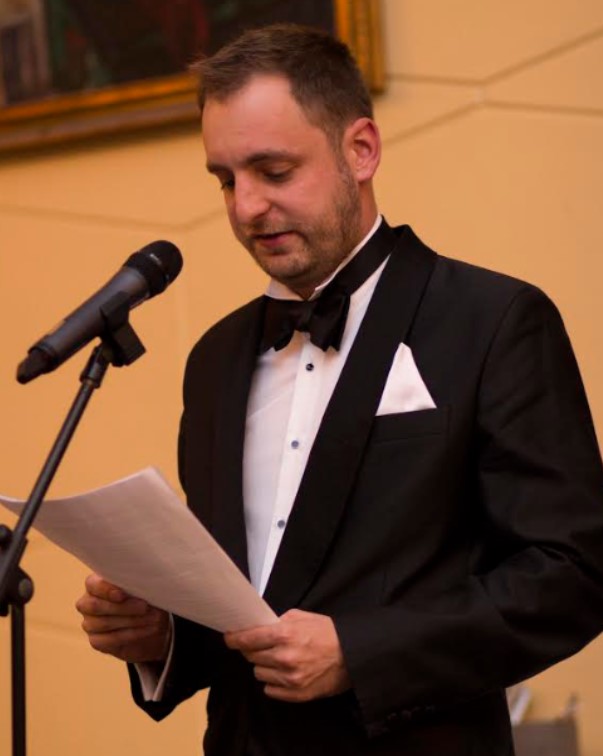 Paul Zichy: we should not let the destruction of values
Paul Zichy: we should not let the destruction of values
Complaining won’t get you anywhere. Three years ago I looked into this problem and talked to several people in charge. During the discussions, it became clear what the problem was regarding many rural castles in Hungary. Even after a possible renovation of the castle costing billions of forints, it would not be possible to generate enough income to cover maintenance costs. And the alternative of returning it to the family has not been raised, even theoretically, since the change of regime.
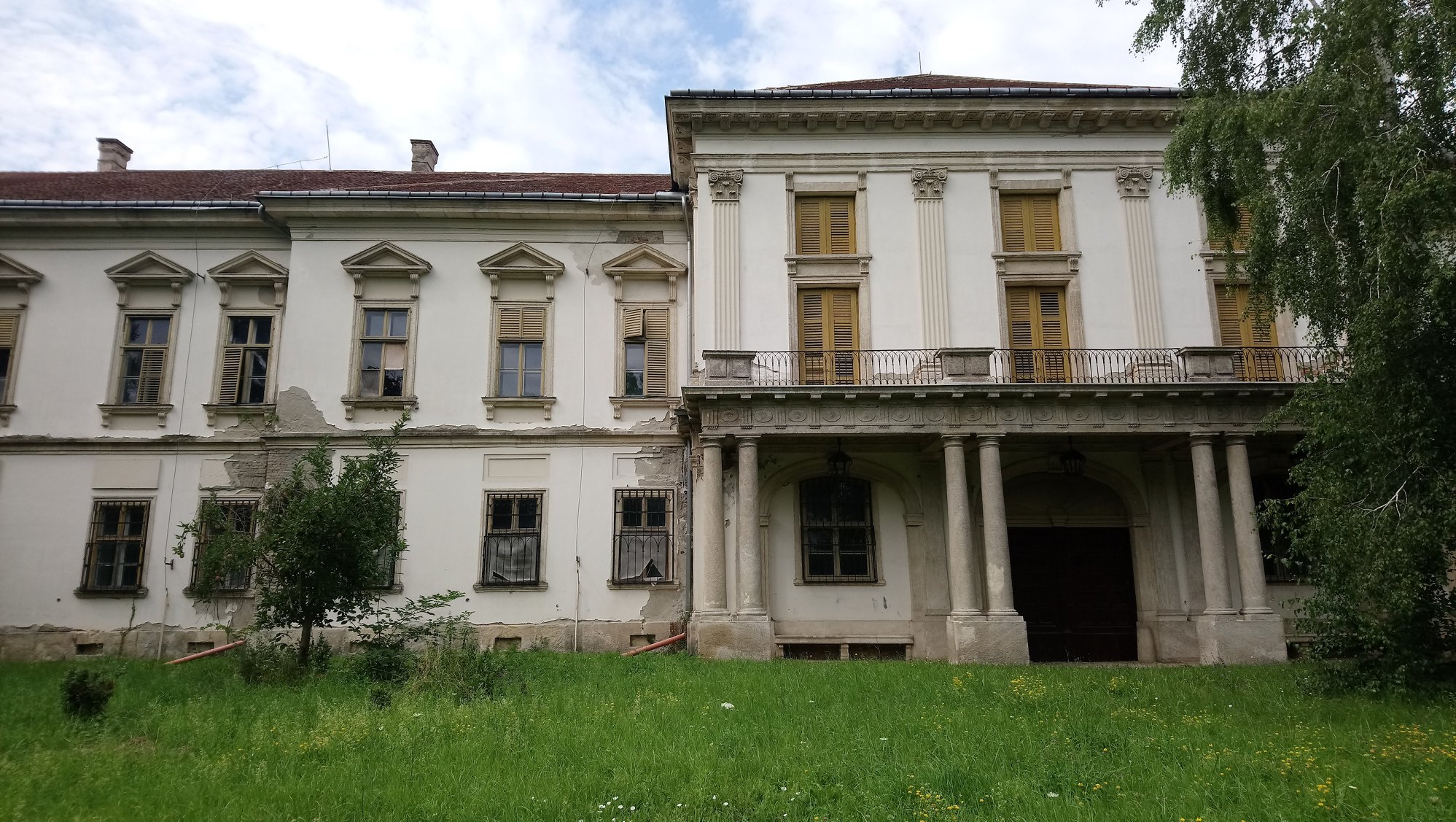 The property in Soponya
The property in Soponya
In the case of Soponya, unfortunately, even the local government can do nothing but watch what is happening to the building; although with the involvement of the family, the local government, NGOs and entrepreneurs, it would be possible to revive the castle little by little.
It is a sad situation, and so is the fact that there are Facebook groups created with the intention of visiting these properties as disaster tourists. What do you think about that?
I wouldn’t say that there are that many disaster tourists who visit the building. As long as someone respects the spirit of the place, maybe even does something for the building, I have no problem with this phenomenon. I am actually glad that there are still people who are interested to see such an abandoned building.
From the end of the 18th century, all my paternal ancestors were born in this building, including my grandfather, who was the last one to be born there.
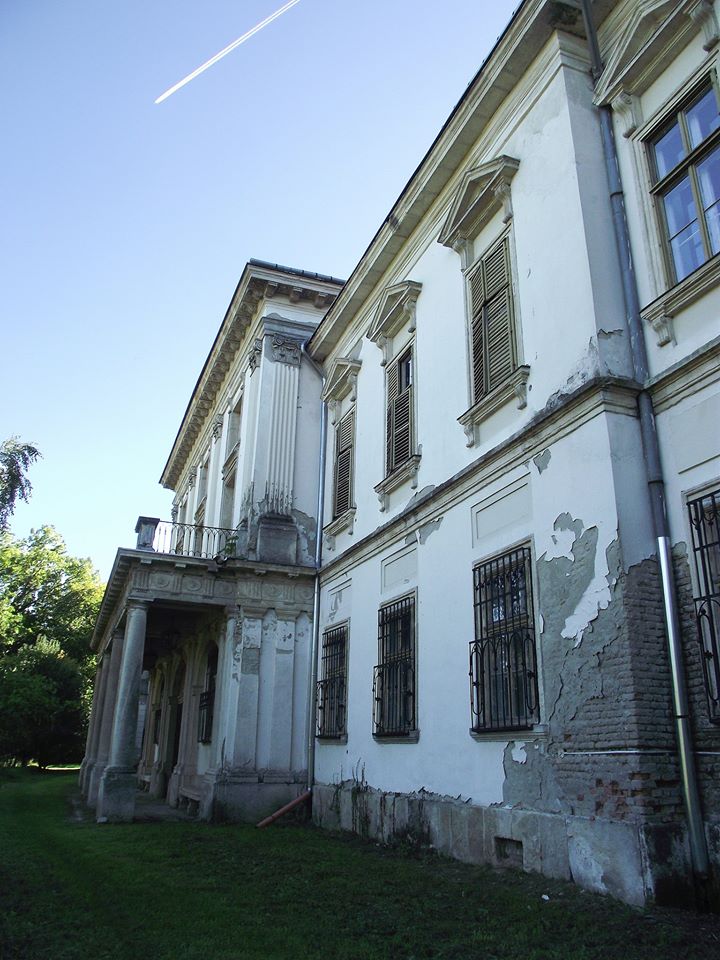 The castle is empty, guarded and it isn’t open to the public, so nobody can enter without permission.
The castle is empty, guarded and it isn’t open to the public, so nobody can enter without permission.
The photos were not taken by me; they are for illustration purposes only. As I see it, the question of where the original owners are and why they leave these buildings to rot, has been raised several times in the forums dealing with the subject.
So where are they?
Most castles in Hungary share the same fate: they were looted by the Soviets in 1944/45 and then the original owners were expelled during the communist era. The owners were declared a ‘class enemy’, so they were imprisoned or taken to labour camps. Eventually, local residents took everything that was moveable.
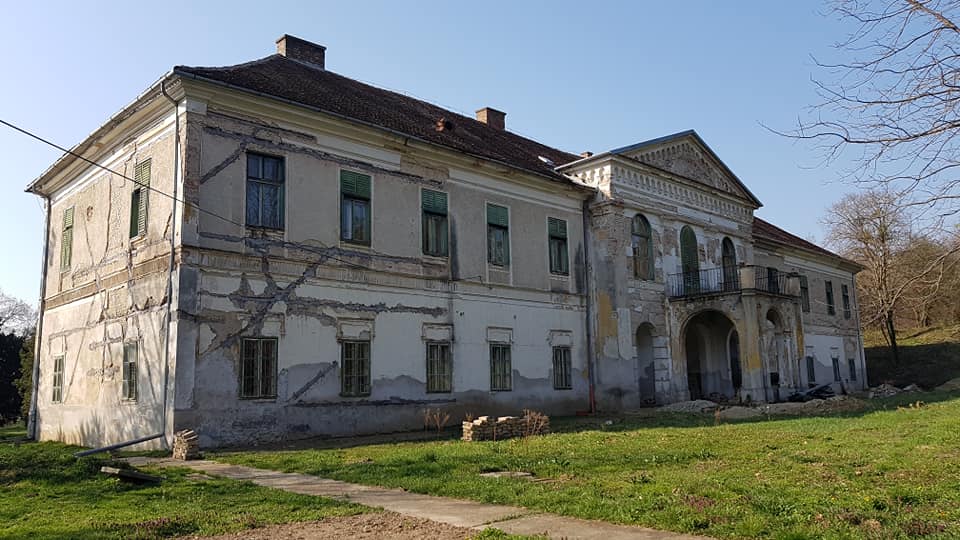 Another dilapidated Zichy-castle, built in Baroque style in Nágocs, in 1714
Another dilapidated Zichy-castle, built in Baroque style in Nágocs, in 1714
Then they became a culture centre at best; or they were left to rot. At the time of the regime change, the original owners cherished the hope that they might get back what had been taken from them, but they had to be disappointed. Most of the buildings remained state-owned, and some were privatized by investors. For most castles, the original families can only watch from a distance how what their ancestors had built up gradually goes to rack and ruin.
 At the foot of Somló Hill, a ruined Zichy castle was built around 1850 in a romantic style
At the foot of Somló Hill, a ruined Zichy castle was built around 1850 in a romantic style
Even in Romania, the situation is a little better.
Why is it more of a success story there?
Because under the restitution law, a certain part of the nationalized fortune, including castles, could be repossessed. We can see some examples in Transylvania of how much effort the heirs are making to try and restore these heritage buildings. One excellent example of this is the Teleki Castle in Gernyeszeg, where the descendants breathed life into the building and the surrounding park by organizing art camps, music festivals and cultural programmes. I am not saying that these families are in an easy situation, as it costs a lot of money to renovate a castle, and, on top of that, the Romanian state obstructs their efforts whenever it can.
Would it be self-pity?
I mentioned at the beginning of the interview that I don’t want to complain, and still, what I have said so far may sound like self-pity. It would feel better to deal with what we can do in this situation, instead.
 Mikosszéplak: the property built in 1860 became a ghost castle
Mikosszéplak: the property built in 1860 became a ghost castle
In the case of a historical building that is owned by the state, the collaboration of local NGOs, the municipality and descendants who are solicitous to the fate of the building could work wonders. If a decision-maker happens to read this and decides to endorse this problem, it was already worth speaking about it.
I don't want to talk to the public about family reunions or family matters.
You can talk about your feelings, though. When you meet with descendants of similar families, this issue comes up, surely.
In 1995, the Association of Hungarian Historical Families was founded with the aim of preserving the spiritual legacy of old historical families and cultivating the relations between their descendants. I have been the president of this association since February this year.
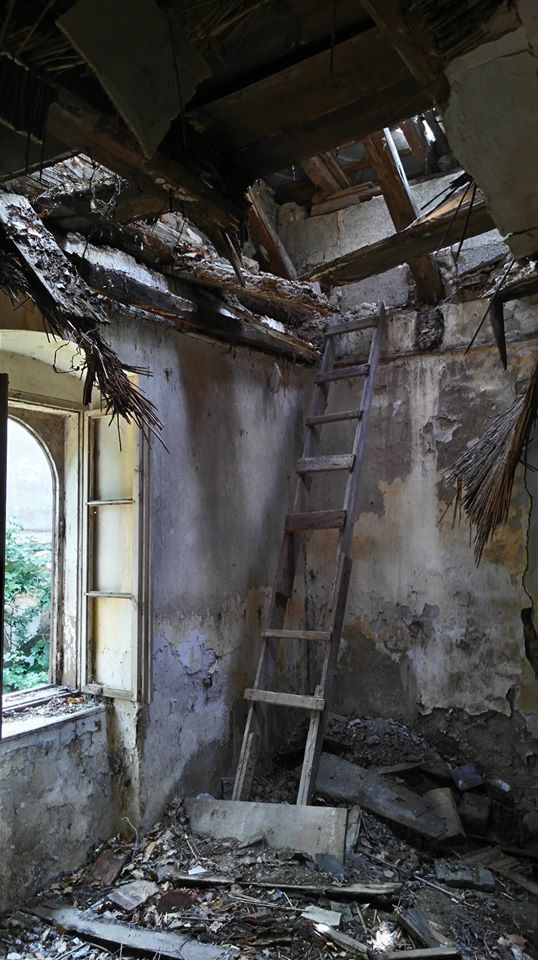 That's all of the Black Castle in Balatonederics, which was built by the Nedeczky family
That's all of the Black Castle in Balatonederics, which was built by the Nedeczky family
The goal of the association is to create networking opportunities for members of historical families through high-quality performances, charity balls and youth programs.
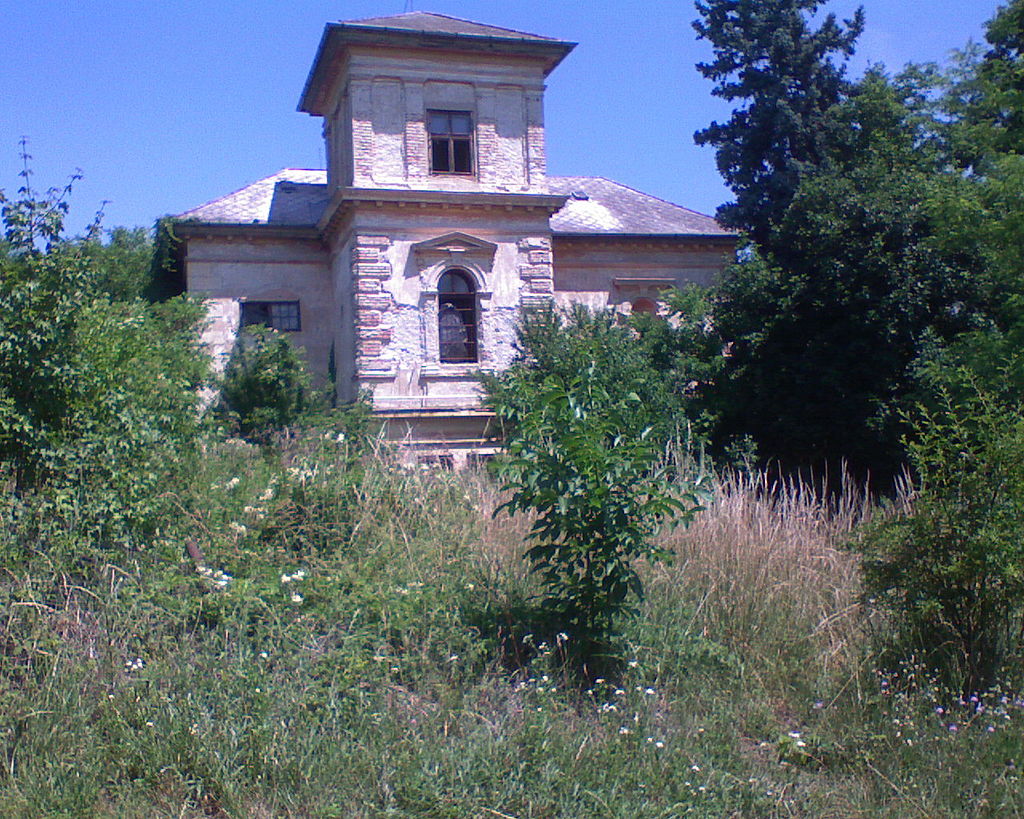 Damn property: There were several suicides here
Damn property: There were several suicides here
Although 80 percent of the aristocracy emigrated in the middle of the twentieth century, many of their descendants regularly come home to take part in these events.
Is it social life being rebuilt?
Yes. A vibrant spiritual circle has formed; a group of friends whose members share their love and respect for traditions and a patriotic way of thinking. There are many families, and not only aristocratic families, who have a special bond linking them to the region where their ancestors came from, even though they legally do not own any property here. They still have strong ties here in terms of relations, way of thinking and interests.
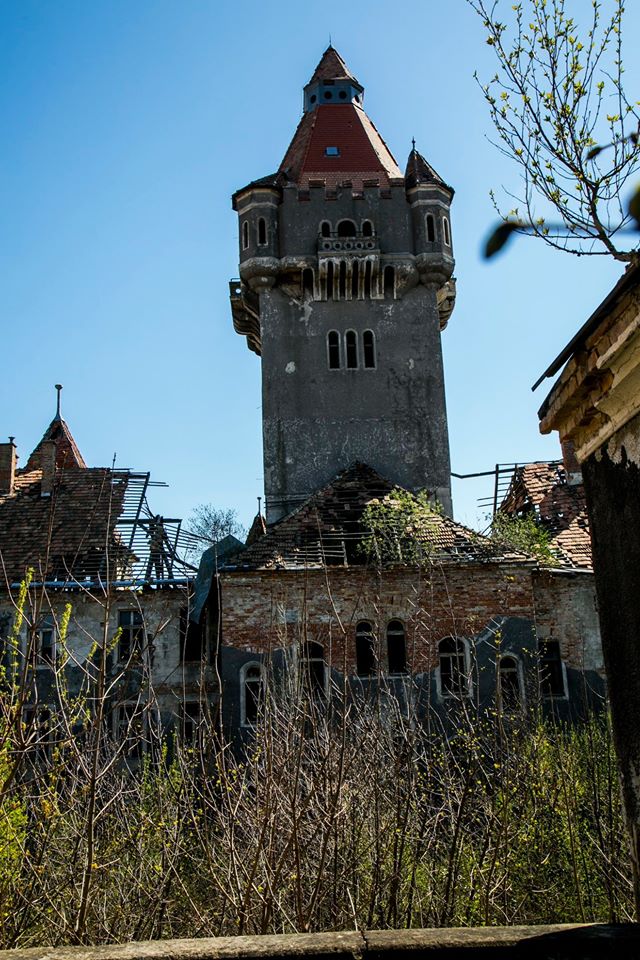 The castle of Hajmáskér, built in 1906.
The castle of Hajmáskér, built in 1906.
That’s why I find it an amazing waste by the state that - although it is clear that it can’t and doesn’t even want to deal with these buildings – it doesn’t give the families a chance to do something with them. As a result, these castles and mansions, which had seen better days, are left to go to rack and ruin. Of course, we are also aware that if the families were given back such a mansion tomorrow, they would be in big trouble, as most of them could not put up the money needed for the renovation from one day to another; but with a predictable maintenance support, even some improvements could be made and the buildings could open for exhibitions or other cultural events.
 It is better not to see from the inside (Photo: Szabolcs Szegedi)
It is better not to see from the inside (Photo: Szabolcs Szegedi)
If we look at it realistically, we must understand that such a building can never be maintained cost-effectively.
Even in the past, it always used to be the estate that generated the resources to maintain the castle and not the other way around.
Nevertheless, I know many people who could breathe life into these buildings and thus support the cultural life of a local community, with their enthusiasm, respect for their grandparents and great-grandparents, completely from their own resources.
Could you work wonders?
You could work wonders by bringing together the descendants of historical families, local governments and non-governmental organizations and by starting tenders with the aim of preserving the current state of these buildings. I do hope that we’ll achieve that one day.
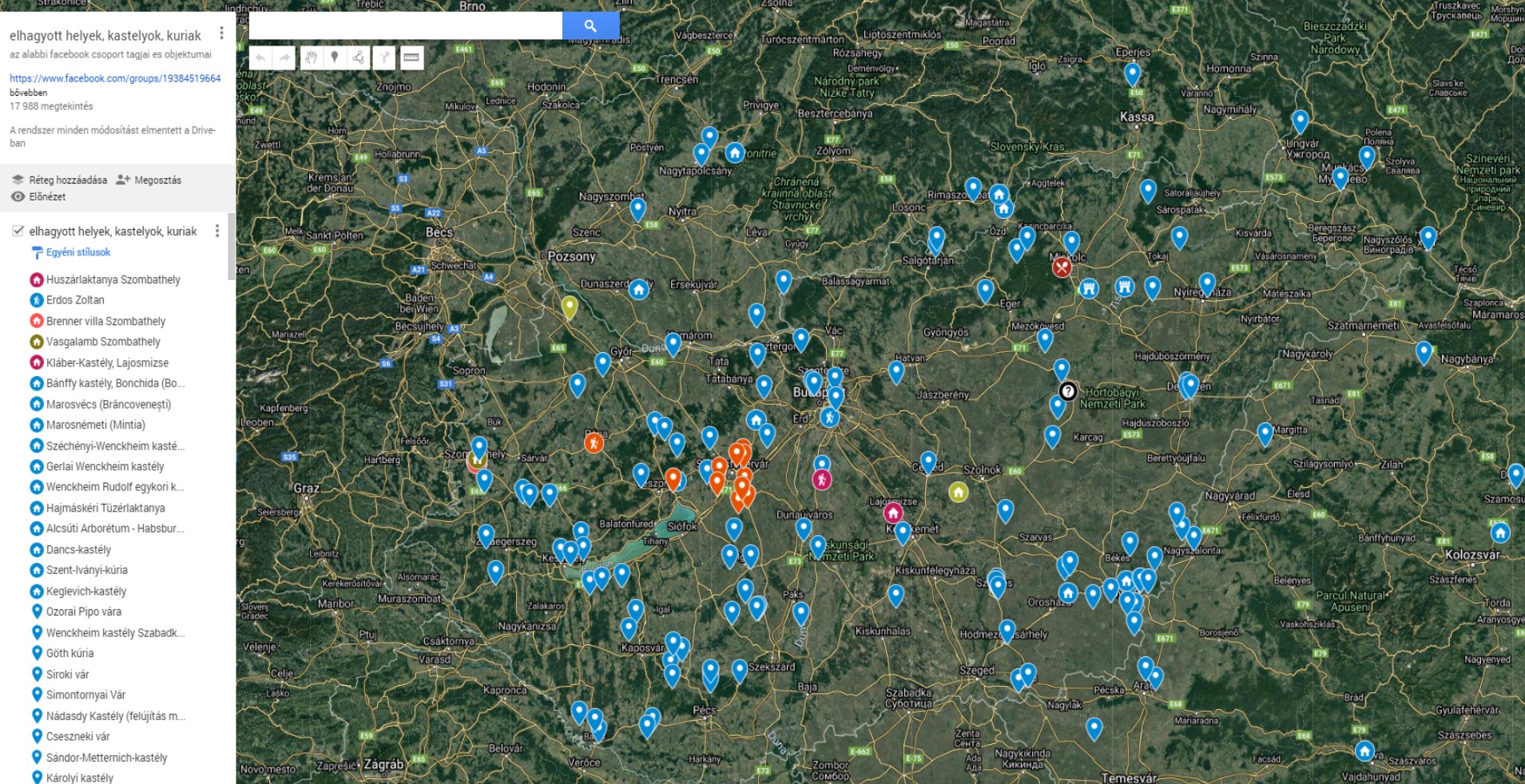 There are many hundreds of abandoned buildings and castles in the country
There are many hundreds of abandoned buildings and castles in the country